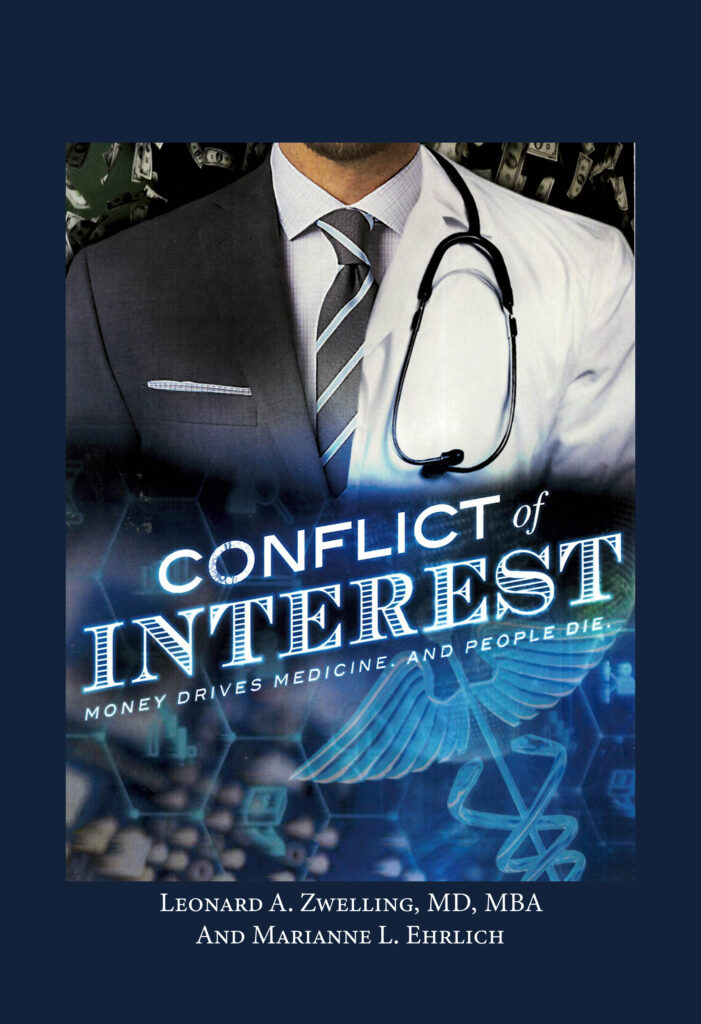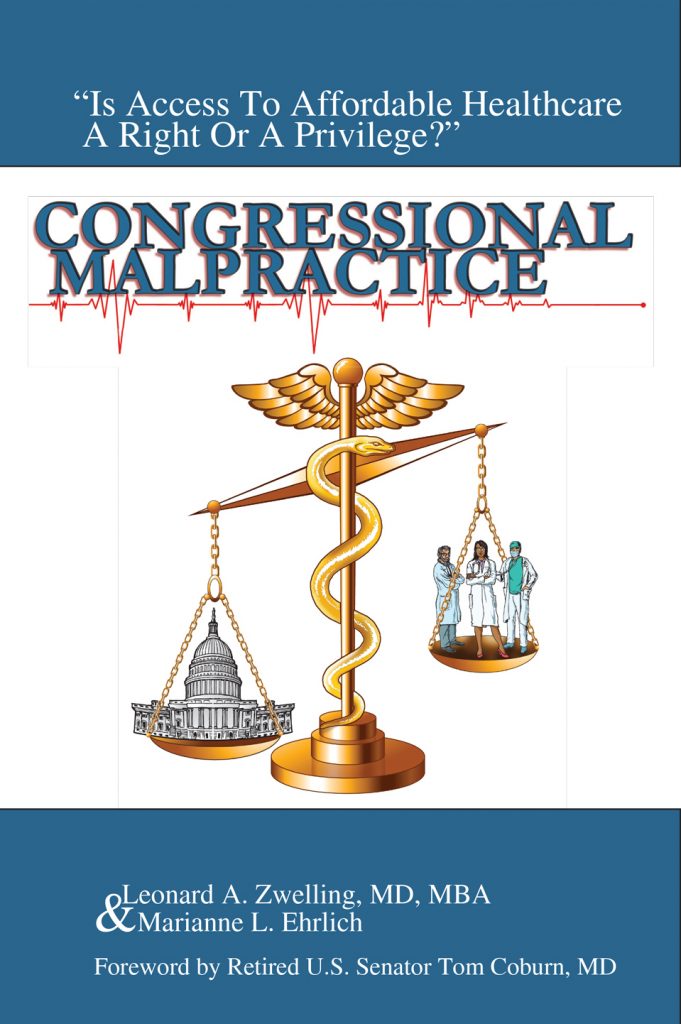Strategy in Medicine
By
Leonard Zwelling
Michael Porter of Harvard is generally considered the guru
of strategic planning in this country. We studied his theories in business
school over 20 years ago and he still has great influence in the business and
academic communities. He has also written a book about strategy and value in
health care and has been a consultant to MD Anderson. Michael Porter is the
real deal.
So when the lead editorial in the New England Journal of
Medicine on April 30 is called “Why Strategy Matters Now” and is authored
by Dr. Porter and another prominent Harvard thought leader, physician Tom Lee,
it is probably worth a good, hard look. And it is!
The article begins by announcing that the era of health care
delivery systems getting along without strategies is over. The large fixed cost
burdens of faculty, staff and buildings is outstripping the ability of variable
and declining reimbursement rates to keep up. “Providers” (I hate that word) no
longer have bargaining power, but the true consumers, insurers and the
government, do. What does this mean for health care organizations and how do
they develop meaningful competitive strategies, for make no mistake, health
care is more a business than an art and business means competition?
As always, they start with the definition of what it means
to have a strategy. It means making choices. The authors lay out the choices
for all organizations by asking every organization to answer 6 questions.
What is the purpose of any health care organization? For MD Anderson
apparently it is Making
Obviously, MD Anderson has thus far failed. Perhaps it should adjust its goal
back to Fighting Cancer. MD Anderson’s goal should not be make as much money as
possible even though that appears to be one of its current goals under the
guise of “no money, no mission” which is the greatest excuse for misbehavior
ever perpetrated on 19,000 people. The real goal of MD Anderson ought to be
improving outcomes for those with malignant diseases. The money is a metric
only and not the most important one. Value is. What are people getting for
their money at MD Anderson that they cannot get elsewhere? (We will come back
to this last part.)
Anderson because that roster of services has expanded greatly such that it now
includes cardiac catheterization, sleep labs and alternative medicine. Unless
MD Anderson is vying to compete with Methodist, many of these functions are
superfluous—even if they make money. They are inconsistent with the business
Anderson is in.
we compete in?: This should be easy. Anyone with a malignancy. But it could be
limited to those Anderson can uniquely help or who could uniquely help MD
Anderson. Only those patients for whom a trip to Houston will create value in
the form of improved outcomes should be sought unless that patient can
contribute to a clinical trial. All others need not apply because if they have
standard breast or colon cancer, they can be cared for elsewhere with
conventional treatment modalities, and if they have unusual malignant disease
for which Anderson offers neither unique treatment nor a trial (and a trial
isn’t treatment), then again Anderson can pass on that patient. This would
probably allow a shrinkage of personnel by about 5000 or more. Some could be
redeployed to the regional care centers where routine care ought to be
delivered and some may need to find work elsewhere. MD Anderson should not be
employer of last resort, though it may continue to be caregiver of last resort
as long as it has something unique to offer.
we be different?: This is absolutely key for it defines the roster of services
Anderson will offer and the ones it will not. How about instead of no money, no
mission, it is no VALUE , no mission. Fourth line alkylating agents and
end-of-life care in the in-patient setting let alone in an ICU, is not value.
business units and sites?: Surprisingly, this is not in Arizona, New Jersey or
Spain, but in good old Houston, Texas where the regional care centers should
care for those patients not needing care at 1515 and do so closer to their
homes. To create value, the cost at 1515 must be off-loaded to these regional
centers not replicated there.
Stop the foreign entanglements and care for the people of Texas as was the case
when I arrived in 1984.
MD
Anderson has been through many strategic planning exercises since I led one in
1993-1994. They never come to anything because the leadership will not make the
tough choices that a true plan entails making. Now, I believe (more importantly
Porter and Lee believe) that the leadership is out of choices with regard to
choosing. It must introduce a true strategy that lowers costs, boosts revenues,
enhances quality through its honest measurement (outcomes not checklists or
Starbucks’), and redistributes resources to optimize value.
I
urge everyone to read this article. I urge the leadership of MD Anderson to
read it more than once.
http://www.nejm.org/doi/full/10.1056/NEJMp1502419?query=featured_home




